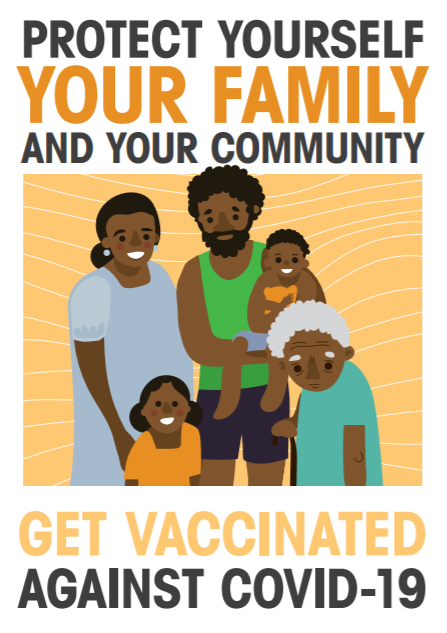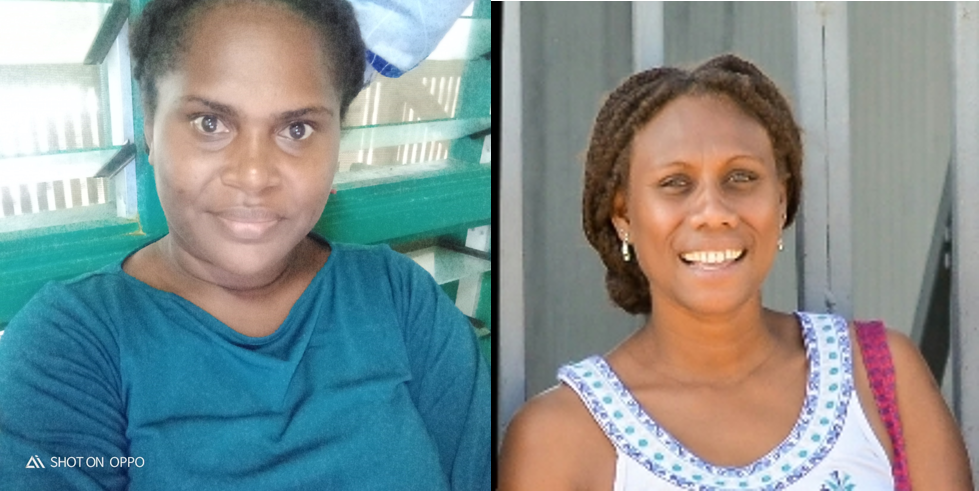Risk communication and community engagement for COVID-19: Webinar
Multiple safe, effective vaccines were able to be produced in record time for worldwide distribution as a tool to end a global pandemic.
For some, this is one of the greatest public health achievements of our lifetimes. For others, there are concerns that it couldn’t have been tested properly; perhaps even a tool for an alternate, maleficent purpose.
The pace, public openness and frequency of information sharing during the COVID-19 pandemic has meant that people are able to be informed more readily than ever before. Whilst the accessible, democratic nature of the internet has facilitated the opportunity for such wide information dissemination, it has also enabled misunderstanding and misinformation to flourish. In the context of understandable fear and uncertainty throughout the pandemic, it has become increasingly clear that we need to focus on the way that we communicate with communities in emergencies.
Poster from Burnet Institute, East New Britain Province, National Department of Health
Whilst complex, it is an exciting opportunity for field epidemiologists to hone their skills in breaking down complex scientific information into clear, appropriate and understandable information for community.
In recognition of the complex communication challenges being experienced by our field epi network, we hosted our third FETPNG Alumni Network Webinar on 2 June 2021 on Risk Communication for COVID-19.
We were thrilled to welcome two risk communication and community engagement strategy experts Ms Pele Ursila Melepia (Senior Project Coordinator, Burnet Institute, PNG) and FETPNG graduate Ms Marilyn Poli (Manager for Policy and Research, Autonomous Region for Bougainville) to present at the webinar.
Marilyn Poli (left) and Pele Ursila Melepia (right)
Whilst we highly recommend viewing the whole webinar to hear more fully Pele and Marilyn’s stories (in the video below), here are some of their key messages about effective risk communication and community engagement for COVID-19:
- We need to remember and centralise the human experience. We need to communicate with empathy and understanding
- Communicate early and communicate often. The first messages people hear – whether truth or misinformation – are often difficult to ‘undo’. Even if not all is yet known, it is important to share information early and often with communities so they trust the messaging, and know that information will be shared when it is known.
- Social media has been incredibly important and powerful for sharing information during the pandemic, however it is not the only kind of media, and often not the best kind of media to reach the people we need to reach. We need to remember to use all possible avenues of information-sharing, including traditional media, such as newspapers, and radio talk shows, and face-to-face communication such as town information booths and house-to-house direct communication to ensure we reach everyone.
- It is important to engage with civil partnerships, such as community-based social mobilisers and health volunteers, local non-government organisations, faith-based organisations and others. Using existing community leadership and communication structures where trust has already been long-established is ideal.
- Consistent, but localised messaging is key. Ensuring that country wide communications have the same central key messages, for example, but contextualising these for the more local culture, language and context.
- Our story is our living example. Sharing our personal vaccine stories with our family and friends gives people an up-close chance to hear about the process of getting a vaccine, any side effects, and how we feel now. The more people have a close personal encounter with someone who has safely had the vaccine, the more it is likely to become normalised and accepted.
We are pleased and grateful to share some excellent COVID-19 IEC resources to support risk communication in communities for COVID-19 developed by Burnet Institute with East New Britain Province and National Department of Health here: https://www.fieldepiinaction.com/iec-resources


